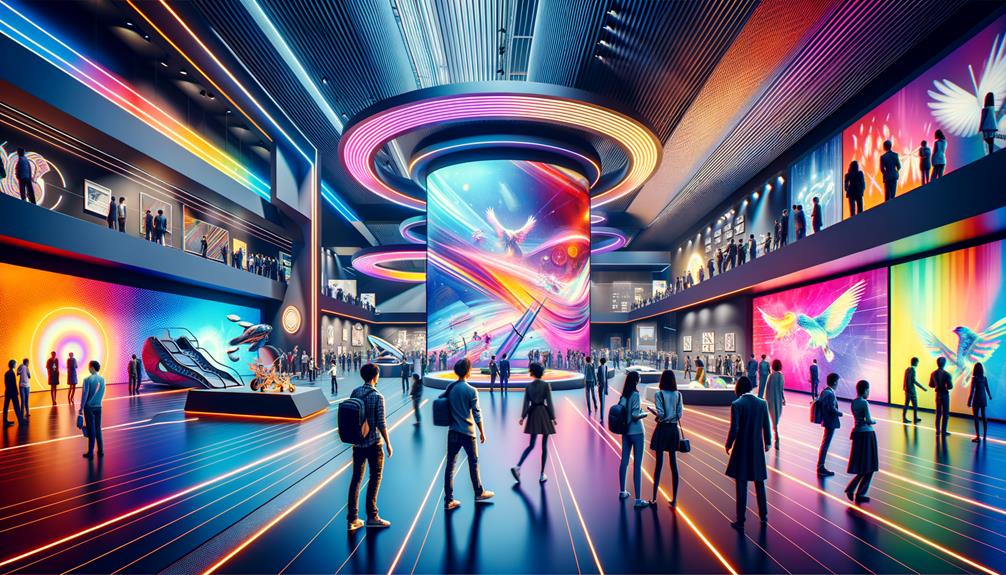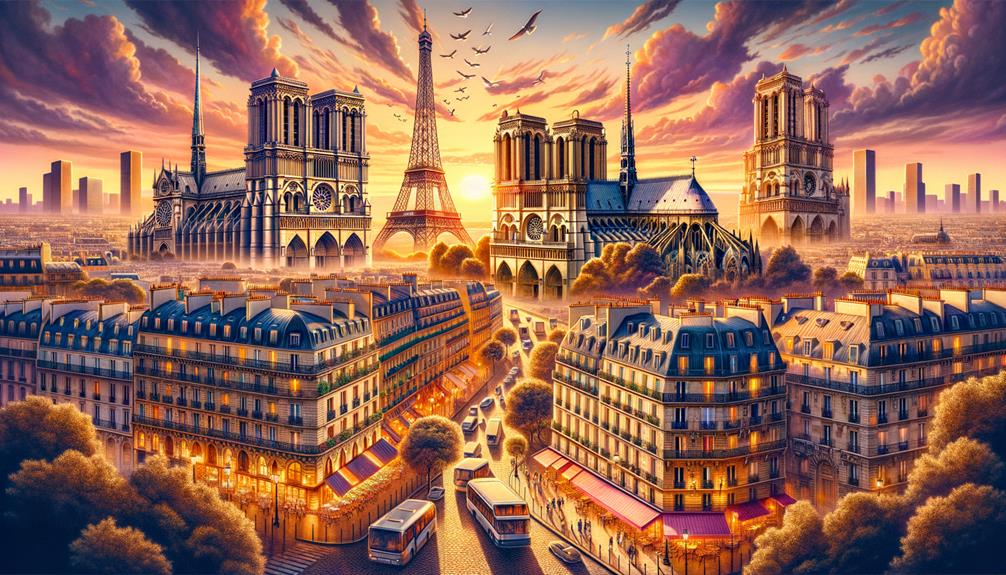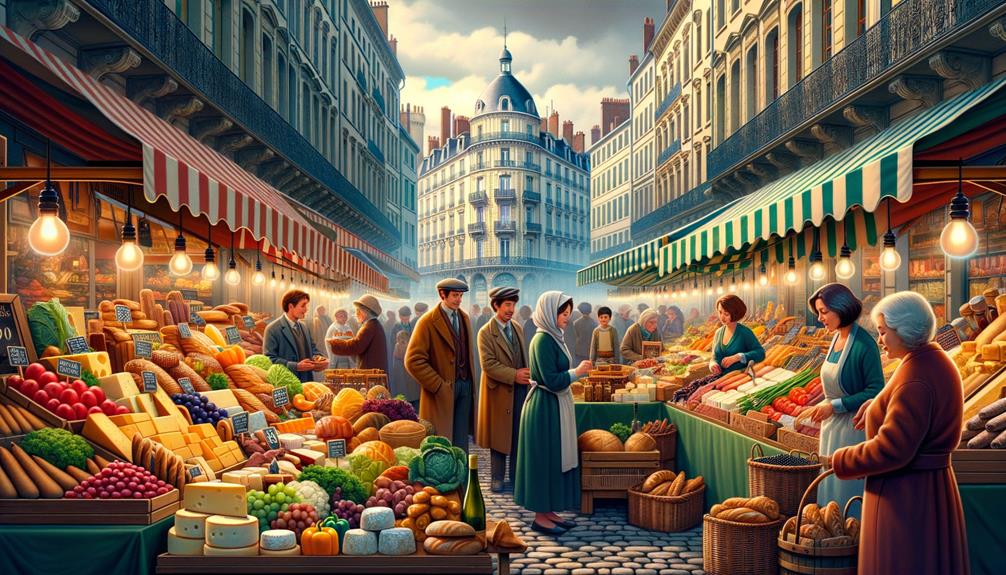When I visited the Saint-Étienne Design Biennale last spring, I was immediately struck by the theme 'Bifurcations,' reflecting the crossroads our world faces after COVID-19. As I wandered through the seven exhibitions, I was amazed at how art, science, and societal issues blended together. One installation used augmented reality to show the effects of climate change, and it was both haunting and enlightening. But it wasn't just the exhibits; the interdisciplinary workshops and cultural events provided a rich mix of experiences that made me think about design's role in our future. Curious about what else caught my eye?
Event Dates and Times
If you're planning a trip to the Biennale Internationale Design Saint-Étienne, make sure to set aside time between April 6 and July 31, 2022. This event is a must-see for design lovers looking for a mix of creative innovation and cultural experiences. The Biennale is open from Tuesday to Sunday, and they've extended their hours until 8 pm on Saturdays, giving you extra time to enjoy the exhibits.
Two dates to note are April 8 and May 14, when special late openings are scheduled. On May 14, the event aligns with Museum Night, offering free admission from 7 pm. The city buzzes with excitement during Museum Night, and the streets fill with energy and curiosity.
With its extended dates and times, the Biennale Internationale Design Saint-Étienne offers a flexible schedule that can fit into any travel plan. Whether you prefer mornings or evenings, there's plenty of time to take in all the innovative displays without feeling rushed.
Ticket Purchase Options
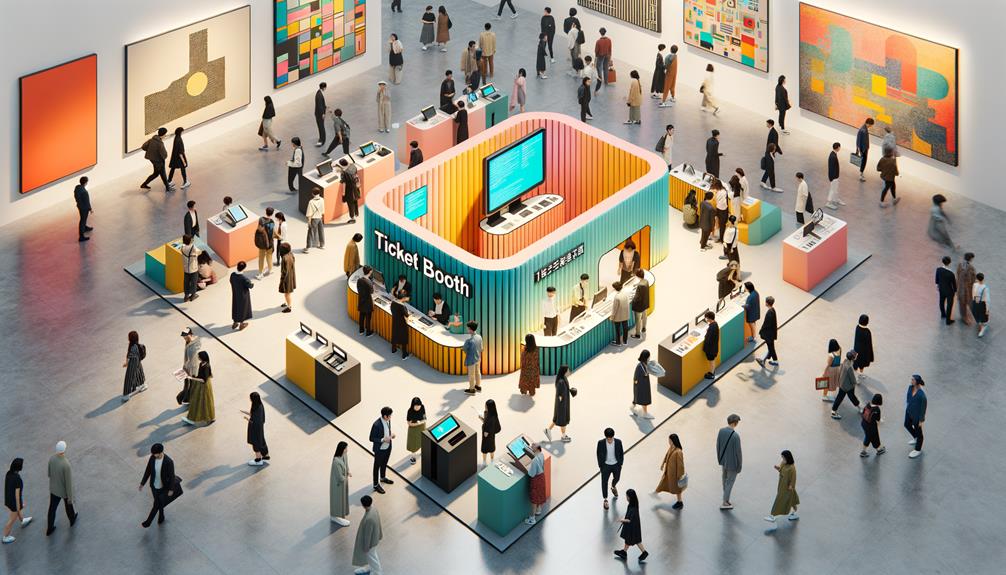
Planning your visit around the event dates and times is just the beginning. Getting your tickets is the next big step. You can buy them online or at the Cité du design and main museums in Saint-Étienne Métropole. I found purchasing tickets online very convenient, especially if you want to skip the lines and maximize your time exploring the exhibitions.
Here's a quick breakdown of the ticket options:
| Ticket Type | Location | Price (Online) |
|---|---|---|
| Pass Biennale | Cité du design | €12 |
| Reduced Rate | Cité du design | €10 |
| Free Entry | Various groups | €0 |
The ticket office opens 15 minutes before the exhibitions start, which is perfect for those last-minute plans. I remember getting there just as the doors opened, feeling the excitement in the air. For students and job seekers who can get in for free, it's a fantastic chance to dive into the vibrant design culture without spending anything.
One update: Detailed pricing information will be available online from March 14. Whether you're a design enthusiast or just curious, the Saint-Étienne Design Biennale offers an enriching experience.
Biennale Pass Pricing
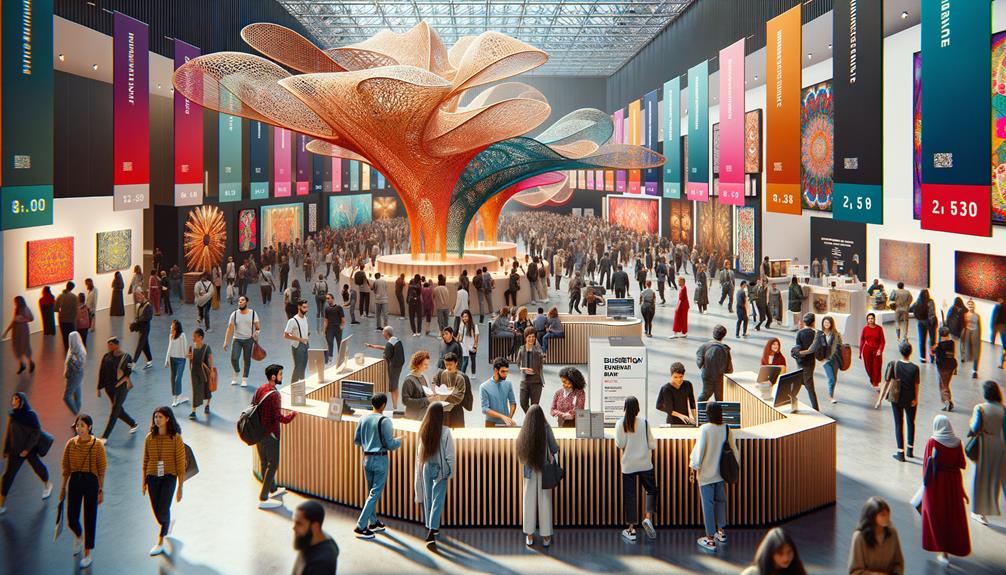
Purchasing a Biennale Pass for the Saint-Étienne Design Biennale not only saves you money but also grants you easy access to a world of innovative design and creativity. The full price for the Biennale Pass is €12, though it's €1 more if you buy it directly at the ticket office. A reduced rate of €10 is available for those who qualify, making it quite accessible.
As I wandered through the vibrant exhibits last year, I was struck by the diverse crowd—students, seniors, jobseekers—all enjoying free entry. This inclusivity is fantastic, especially for young people under 26. For those over 65, teachers, and Pass Musées holders, the reduced rate is a thoughtful touch.
When I first discovered the Biennale, I found the detailed pricing information online, which was updated as of March 14. It's always good to check for updates before planning your visit. While the content may change, the experience remains enriching.
I remember standing in awe in a room filled with avant-garde furniture, grateful for the pass that allowed me to immerse myself without worrying about the cost. This pass is more than just a ticket; it's a gateway to boundless inspiration.
Exhibition Highlights

When I first entered the Cité du design, I was immediately struck by the creativity of the seven distinct exhibitions exploring the theme of Bifurcation. Each display felt like stepping into a new world of imagination. One moment, I was admiring futuristic car designs that redefined how we think about transportation; the next, I was drawn into an installation about the human body, showcasing how design can improve our physical experiences.
The International Design Biennial is not just a visual spectacle; it's an intellectual adventure. I found myself particularly fascinated by an exhibit on sustainable consumption, which demonstrated how everyday items can be reinvented to minimize waste. The interactive elements allowed me to fully engage with the ideas, making the experience both enlightening and exciting.
Saint-Étienne's Cité du design is the ideal setting for this celebration of creativity. As I moved through the lively spaces, I felt a sense of possibility, as if each exhibit was encouraging me to see the world differently. The innovation on display was not only inspiring but also a powerful reminder of design's potential to shape our future.
Theme: Bifurcations
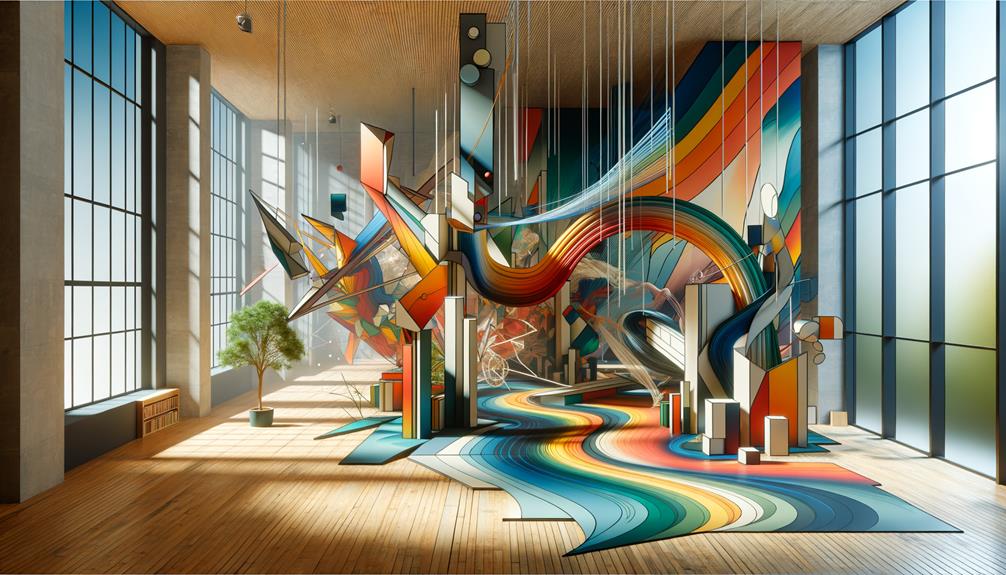
How does the theme of 'Bifurcations' capture the big societal changes we've seen since COVID-19? Walking down rue Javelin Pagnon, I could feel the weight of the past few years. The pandemic made us face some hard truths and forced us to make big decisions in our personal and collective lives. The Saint-Étienne Design Biennale captures this feeling perfectly.
One exhibit that really stood out was the 'mise à jour' installation, showing how everyday objects can be reimagined in a post-pandemic world. Designers featured furniture that fits our new work-from-home setups and even cars designed for minimal contact. It was a strong reminder that design is more than just looks; it's about adapting to our changing world.
As I walked through the exhibits, I saw how each piece made us think about our choices—how we consume, learn, and move through our cities. It's not just about getting by anymore; it's about finding new ways to thrive. The Biennale, with its 150+ events and seven exhibitions, offers a guide for navigating these changes, urging us to welcome new directions.
University Research Exhibitions
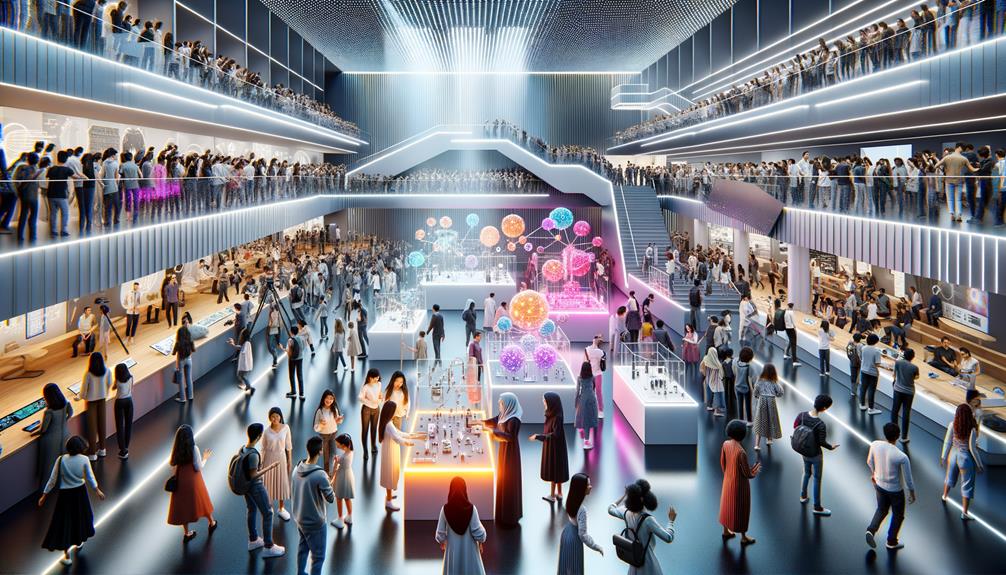
Strolling through the University Research Exhibitions, I was impressed by the innovative spirit at Jean Monnet University's displays. The presentations, curated by faculty and partners, seamlessly blended arts, sciences, and societal issues, creating a rich array of research projects. Interacting with these initiatives, I felt a deep appreciation for how design and academia intersect.
Research Initiatives Showcase
While exploring the vibrant university research exhibitions at the Saint-Étienne Design Biennale, I was impressed by how Jean Monnet University and its academic partners seamlessly merged cutting-edge design with critical societal issues. Each display illustrated the powerful role of research and creativity in tackling today's challenges.
One standout project focused on sustainable urban development, featuring detailed models and interactive displays that encouraged visitors to rethink city planning. The exhibit highlighted the importance of staying updated and adaptable in our constantly changing world.
As I wandered through the exhibits, a display on the role of digital technology in education particularly caught my attention. It provided a fascinating look at how virtual reality can make learning more accessible and engaging.
These research initiatives were far more than academic exercises; they were cultural proposals that bridged the gap between arts, sciences, and societal issues. The interdisciplinary nature of the projects showed the profound impact design can have on society, prompting us all to think more deeply about the world around us.
Faculty and Partner Curation
Carefully curated by university faculty and their partners, the exhibitions at the Saint-Étienne Design Biennale highlight the deep connections between academic research, societal challenges, and innovative design solutions. As I explored the event, I could feel the synergy between different fields. Jean Monnet University's contributions were especially impressive, offering a blend of cultural displays that merge arts, sciences, and pressing societal issues.
One exhibit, centered around the idea of "contours nest," felt like a sanctuary of interdisciplinary thought. The focus was clear—showing how design can tackle ecological upheavals and societal responsibilities. It wasn't just a display; it was an invitation to engage, question, and reflect.
The interdisciplinary study days were another standout feature. I attended a session on literature and applied arts and was captivated by discussions that combined artistic expression with scientific inquiry. Every part of the Biennale buzzed with intellectual rigor and creative energy, reinforcing that the university's role is not just academic but also transformative.
In this space, the academic contributions went beyond traditional boundaries, offering a new perspective on how we can shape our world through design.
Cultural and Scientific Events

I found the interdisciplinary study days at the Biennale incredibly engaging, where literature, arts, and applied arts came together in fascinating ways. Attending a workshop on landscape recharging gave me a fresh perspective on familiar environments. The scientific workshops also delved into sound and music technologies, highlighting how art and science can blend seamlessly.
Interdisciplinary Study Days
When I attended the Saint-Étienne Design Biennale, the interdisciplinary study days were a standout experience, bringing together literature, arts, and applied arts in a unique way. It's rare to witness such a seamless blend of cultural and scientific discussions. While updates to the content might not always be guaranteed, the conversations were incredibly engaging.
I was captivated by debates on mining heritage, ecological changes, and societal responsibilities. These topics, carefully curated by university faculty and research centers, created a dynamic and thought-provoking environment. One presentation, discussing the effects of industrial decline on local communities, struck a chord with me. It highlighted the powerful role of art in telling and healing collective stories.
The exhibitions were also impressive, showcasing cutting-edge research. One installation that merged virtual reality with traditional craftsmanship caught my eye, elegantly bridging the past and future. The combination of academic depth and artistic creativity offered fresh perspectives on familiar themes.
Interacting with experts and fellow enthusiasts left me feeling inspired and energized. The interdisciplinary study days at the Biennale weren't just an event; they were a call to think more deeply and dream bigger.
Artistic and Scientific Workshops
Shifting from the thought-provoking study days, the hands-on artistic and scientific workshops at the Saint-Étienne Design Biennale were just as engaging. I found myself diving into sessions that covered everything from the region's rich mining heritage to today's urgent ecological challenges. Each workshop didn't just provide information but fostered a real connection to the topics.
One memorable workshop focused on urban living. With guidance from industry professionals and academic experts, we examined how design can reshape city environments to better serve residents. The detailed insights and practical advice were impressive, making for a truly enriching experience.
Equally impactful were the sessions on landscape restoration and steel production. We looked at how these industries, integral to Saint-Étienne's history, are adapting to meet modern societal needs. The blend of artistic vision and scientific inquiry was truly inspiring.
These workshops provided a unique perspective on how design influences both our daily lives and broader societal issues. It was a vivid reminder of the power of interdisciplinary collaboration.
Accommodation Options
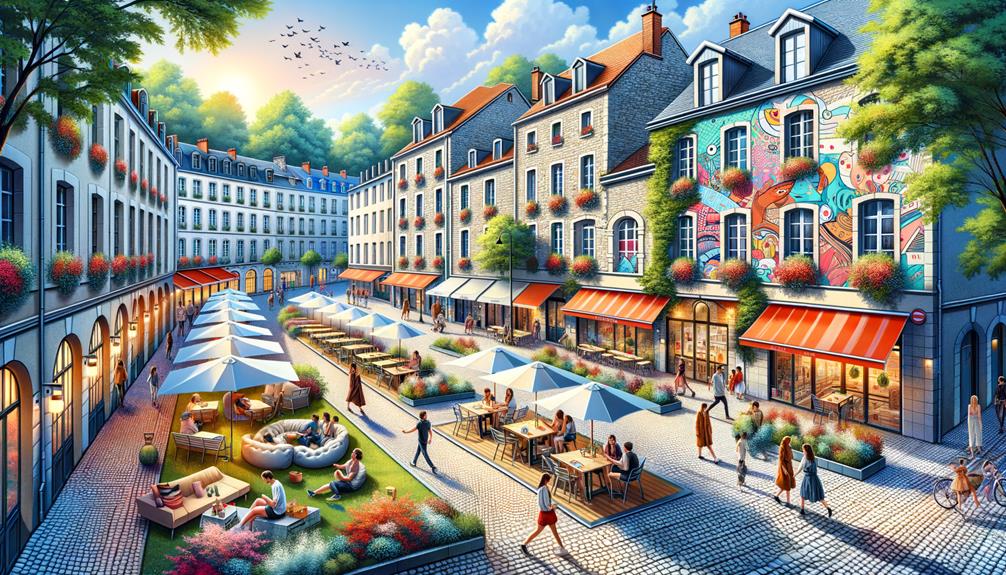
For those attending the Saint-Étienne Design Biennale, there's a wide range of places to stay. From intimate bed & breakfasts to hotels offering up to 70% off, and charming vacation rentals, there's something for everyone in the Loire region. I had a tough time choosing between the cozy atmosphere of a local B&B and the fantastic hotel deals.
Staying in a gîte or a self-catering holiday home gave me a real taste of local life. I enjoyed waking up to the peaceful Loire countryside and making breakfast with fresh ingredients from nearby markets. Make sure to update your booking details to avoid any last-minute surprises.
One of my favorite experiences was at a quaint B&B run by a lovely couple who shared fascinating stories about the region's history. Their warm hospitality made me feel truly at home. On the other hand, the convenience of a centrally located hotel, especially with such great discounts, is hard to beat.
Whether you prefer the freedom of a vacation rental or the comfort of a discounted hotel, Saint-Étienne has options that make your Biennale visit both enjoyable and stress-free.
Dining and Leisure Activities
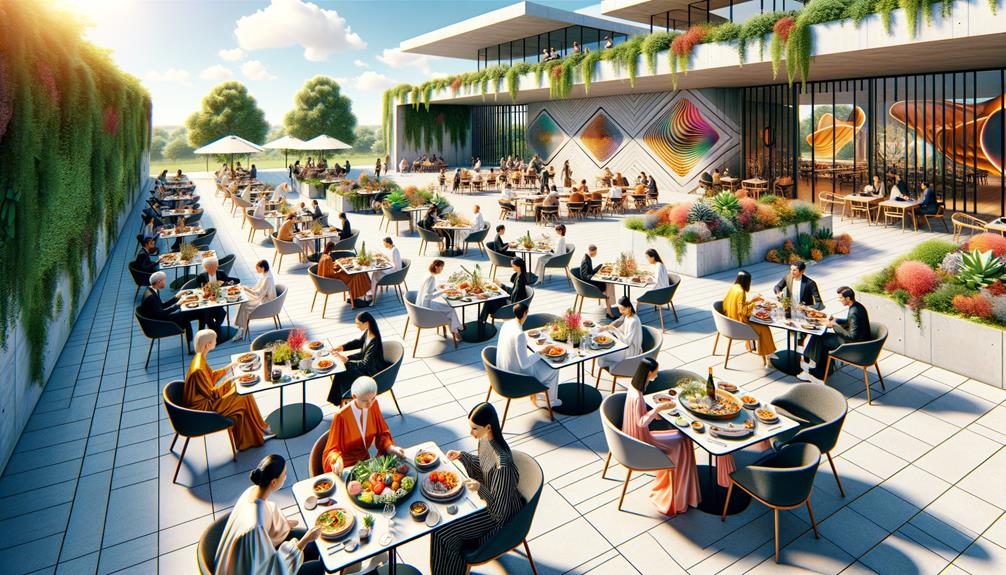
Saint-Étienne's dining scene is a delightful mix of local specialties and international flavors that kept me excited throughout the Biennale. From savoring the rich, earthy tones of a traditional French coq au vin to indulging in spicy Thai curries, the city's culinary landscape is a treat for any food lover. Each restaurant offered a unique twist, making every meal an adventure.
One evening, I found myself at a cozy bistro, enjoying a perfectly cooked steak au poivre. The friendly chatter of locals and the clinking of wine glasses added to the experience. For those who crave variety, Saint-Étienne doesn't disappoint, with options ranging from Italian trattorias to sushi bars.
Beyond dining, the leisure activities in the Loire region are just as engaging. I spent a sunny afternoon hiking through scenic trails, followed by a refreshing cycle along the Rhône River. The region's outdoor activities are a wonderful way to balance the Biennale's bustling schedule.
Whether it's trying new culinary experiences or enjoying outdoor adventures, Saint-Étienne offers a well-rounded, invigorating visit.
Frequently Asked Questions
Is the Saint-Étienne Design Biennale Suitable for Families With Children?
Yes, it's great for families with kids. I saw interactive exhibits and creative workshops that kept my children entertained. The atmosphere is relaxed and inspiring, offering cultural insights and hands-on experiences that spark imagination and creativity.
Are There Any Interactive Workshops for Visitors at the Biennale?
Guess what? Around 80% of visitors get involved in hands-on workshops. I jumped right in and tried out some new creative techniques. The chance to experiment and make something original made the whole experience memorable and exciting for everyone, from kids to adults.
What Are the Transportation Options to Saint-Étienne From Nearby Cities?
Getting to Saint-Étienne is pretty straightforward. You can hop on a train from Lyon, and you'll be there in about an hour. Buses are another option, offering scenic routes that give you a chance to enjoy the region.
Can Visitors Purchase Design Pieces Showcased at the Biennale?
Absolutely, visitors can purchase design pieces at the biennale. It's exciting to bring home a one-of-a-kind creation. The event buzzes with creativity, and there's a real joy in supporting independent designers.
Are There Guided Tours Available in Multiple Languages During the Event?
Guided tours are available in many languages. I once joined a French tour and felt like I was discovering a secret world of design. It's a great experience for anyone interested in cultural immersion and learning something new.

